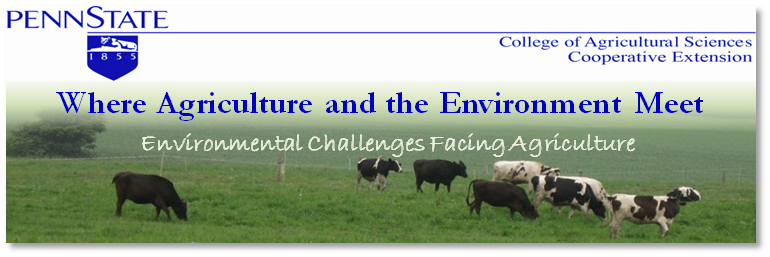
Last week at the Mid-Atlantic Water Program meeting I heard a nice update on the Chesapeake Bay Executive Order. A previous post discussed some of the issues around the 202 reports that were released earlier this fall and the TMDL that is being developed for the bay. The executive order and the TMDL are not necessarily connected, but the goals of each coincide and the process for complying with both will be similar.
From the standpoint of the excutive order the next step is the release of the 203 reports that are due out November 9th. These reports will describe more specifcially what the upcoming process will be and the goals of the executive order. There will be a 60 day comment period on these reports and they will become law in May 2010. The comment period on these reports will be very important because they have been developed with little input from the states, which means that the agencies within the federal government are really driving this process. It is anticipated that these reports will request increased federal funding to reach the goals, which is great, but will also require increased regulation of CAFOs.
The increased CAFO regulation could take on many forms from expanding the definition of a CAFO to include more operations, lower thresholds for current CAFOs, and attention to details that thus far have not necessarily been well inforced. For example, any storm water leaving a facility that houses animals can be considered a "discharge". There may also be more emphasis on practices that are done for no other reason than improving water quality (i.e. buffer strips).
This executive order and TMDL are very bold changes in regards to the Chesapeake Bay and any farmer or ag industry professional needs to be following this process closely because it will impact farming in the watershed.

No comments:
Post a Comment